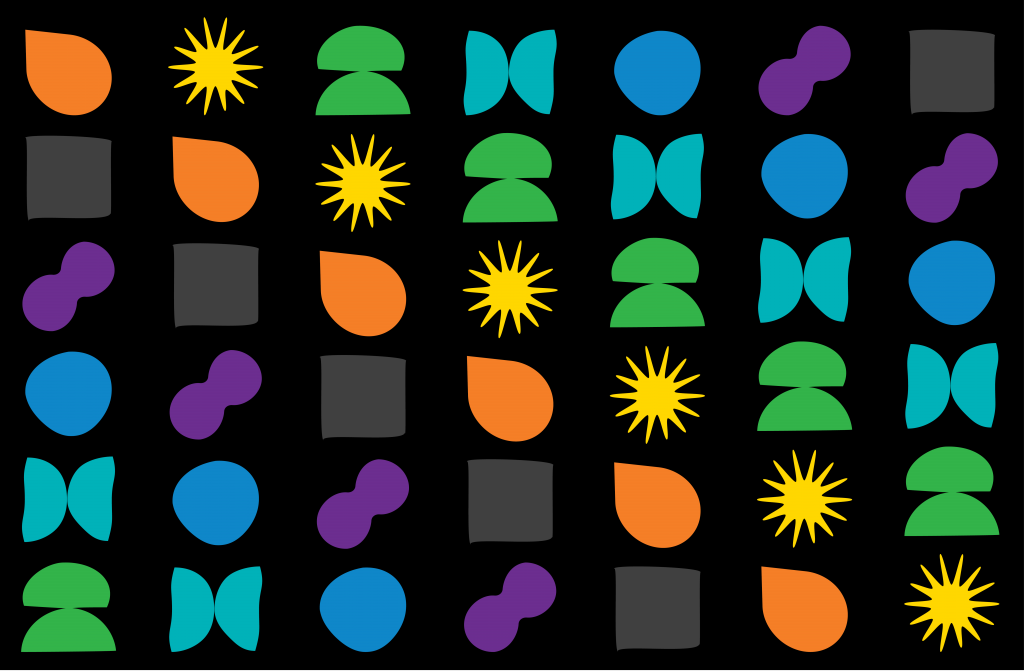At Astrolabe, we believe that the most important aspect to managing change and growth is empathy. Taking the time to understand how people feel, and to care about their wellbeing is not only critical to the way we relate as individuals, but to the way we work and ultimately the way businesses, organisations, governments and communities progress and interact.
Put simply – adding empathetic approaches to your own work can actually drive innovation and create the perfect conditions for engagement and producing positive outcomes.
To assist our own work, we’ve developed an Empathy Toolkit and are sharing these resources so everyone can consider how to use empathy in their own approach. Our toolkit will help you build a deeper connection and understanding of projects and the people involved, exploring different characteristics through archetypes and how to make the most of them.
Q&A with Dan Hughes, Senior Consultant
Our Senior Consultant Dan Hughes said bringing empathy to your work has never been more important, particularly with all the uncertainty people have experienced living and working through a series of significant challenges over the past two years.
As we head into 2022 and ready to tackle of new year at work, we sat down with him to see how he uses empathy to achieve outcomes across the teams he works with:
Why did Astrolabe develop this toolkit?
Leading with empathy – taking the time to understand and unpack the meaning and motivations within projects and the people in them takes time and effort. This resource can help do that in creative and enjoyable ways for everyone involved.
How was it developed?
Our empathy toolkit grew from Astrolabe’s deep respect for how people act and feel and recognition of the dynamics that exist in teams and projects where multiple stakeholders and views can collide. Ensuring an environment for open collaboration requires a safe space.
As part of our support for the UTS Transdisciplinary School’s Creative Intelligence and Innovation degree we worked with student interns to develop and explore a wide range of archetypes. We tested them in diverse settings, then refined and experimented with them in internal projects before developing the supporting resources and finalising the toolkit.

How have you used the toolkit in your work?
Each of the archetypes within the toolkit have particular characteristics that can provide both opportunities and challenges.
I use the toolkit to look at projects holistically to identify any opportunities that are not obvious on the surface. It has enabled me to anticipate what might impact a project, particularly as I consider the types of people involved and the characteristics they bring.
I’ve also been able to look at how I think and what I naturally bring to my work. I identify with the Manifestor (bringer of ideas) and Connector (promoting relationships and building networks) archetypes, but I often flex into other archetypes based on the people around me. Flexing into other archetypes means I have been able to fill gaps where certain behaviour will prompt the best out of the team.
Where have you found it helped you work through challenges?
I refer to the empathy toolkit following inception meetings with my project teams. I reflect on the project team and consider which archetype they may be. I then identify what archetypes may be missing from the group or where more balance may be needed. I find this exercise practical as a project manager; it helps me take stock of the talent in the room and ensure I lead a project that fosters collaboration and draws out contributions from all involved.
Unpacking these archetypes has helped me with a lot of things:
- be more aware of the biases I may be bringing to a project
- understand what is motivating project team members
- think about the motivations of the project’s authorising environment (the person/body responsible for signing off on the project), and
- think about the potential views of project stakeholders, and therefore the appropriate methods of stakeholder engagement
What is the best thing for you about the toolkit that you’d encourage others to embrace?
That every archetype can bring benefit to a team or project with their unique strengths. For example, our ‘defender’ characteristics include a resistance to change but what that can bring is a lot of content knowledge which is why they put up blocks, that you can harness in your current work to challenge and validate new ideas.
Using the toolkit helps to understand yourself and those around you to maximum effect. It helps you see blind spots and be conscious of how others feel and why they may feel that way.
You can download the Empathy Toolkit on our website front page and we’d love to hear how you are using it.
